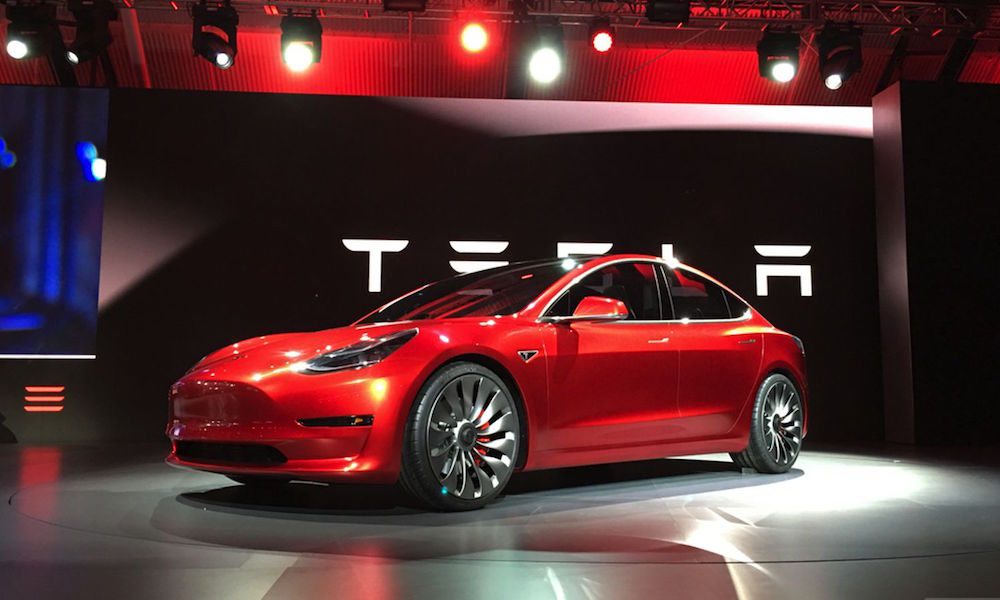Every New Tesla Now Comes Equipped with Full Self-Driving Hardware, But There’s a Catch

Toggle Dark Mode
Every Tesla car that rolls off the production line, including the Model 3, now comes with hardware for “full self-driving capabilities,” the company announced yesterday. The newest additions to the Tesla fleet come equipped with 8 cameras, 12 ultrasonic sensors, and radar– all mounted in such a way that they are invisible to drivers.
The 8 cameras provide 360-degree visibility around the vehicle at up to 250 meters of range, while the 12 ultrasonic sensors complement and augment this vision by detecting objects at a 500-meter range. The forward-facing radar is capable of seeing through heavy rain, fog, dust, and even the car ahead of you. All of this data will be processed by a powerful onboard computer running Tesla-developed Neural Net for vision, sonar, and radar processing, meaning your car will be able to detect and see far more than you can.
Cars built before the announcement don’t have the hardware and– unfortunately for early adopters– it won’t be possible to retrofit them, according to Tesla CEO Elon Musk. And while you can purchase a Model S and Model X equipped with this new hardware today, Tesla still needs to have its new hardware vetted and approved by regulators, and validate its as-of-yet incomplete software system– meaning the newest Teslas won’t be using their full self-driving capabilities just yet.
The plan is for Tesla to put a fully self-driving car on the road by 2018, capable of Level 5 autonomy. Level 5 is the highest level of autonomy, which means your car can drive itself without your input, and even drive itself to you.
Tesla has been accused of moving forward too aggressively in the realm of autonomous driving. Earlier this year, a man was killed when his Tesla Model S, while controlled by Autopilot, crashing into a tractor-trailer rig on a highway in Florida. Updates have since been made to the Autopilot software, which failed to brake in time.
A predictably frustrated Musk lashed out against the media in response to the amount of negative attention the fatal accident– the first involving Autopilot– generated. He argued that by dissuading people from adopting the safer driving technology; the media was effectively “killing people.”
The federal government has also admitted the benefits of self-driving cars, stating that they would save time, money, and lives. Paving the road for a self-driving future, the Department of Transportation issued its first iteration of the Federal Automated Vehicle Policy last month.






